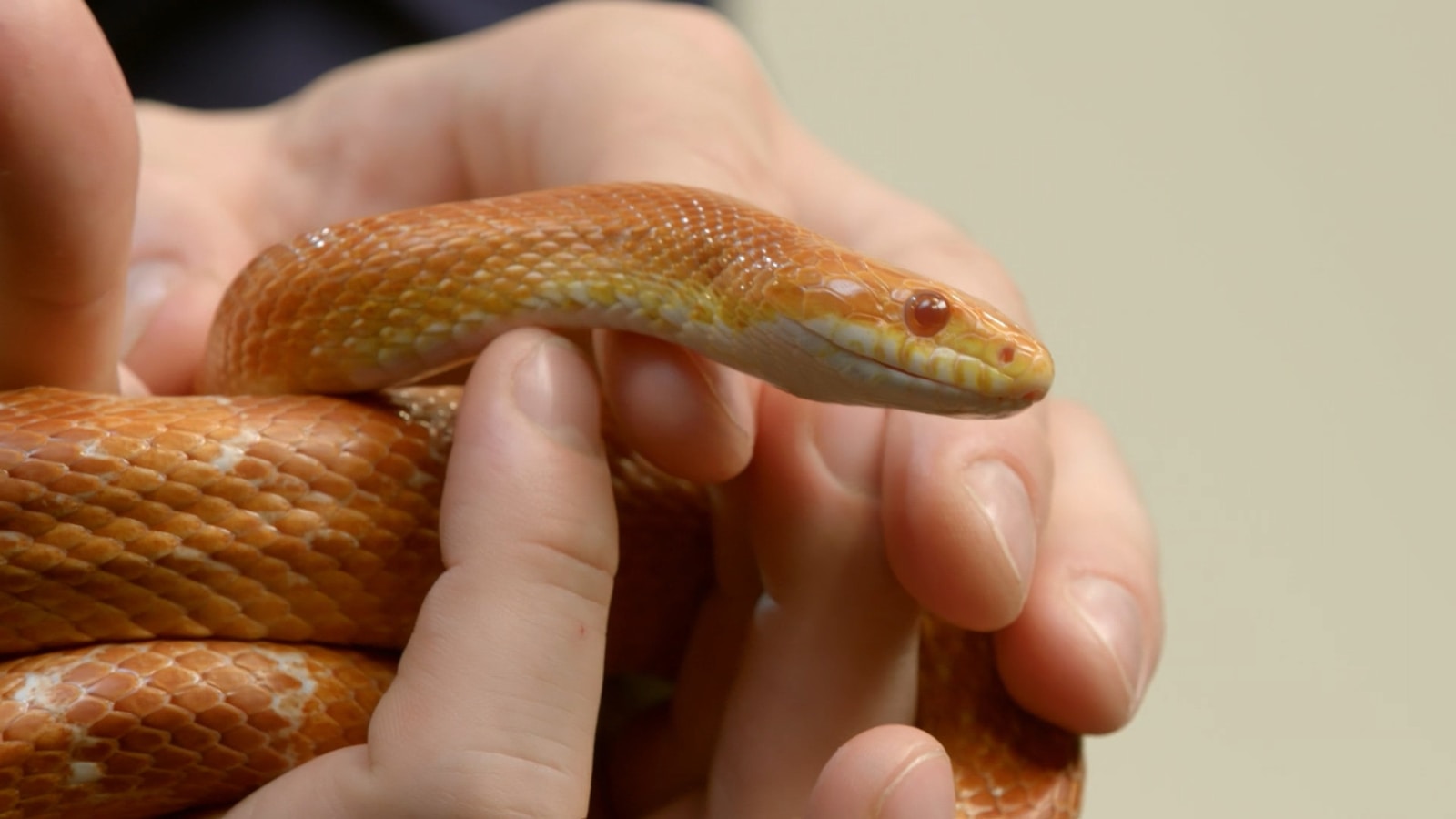Pet snakes have become increasingly popular companions in households across the world. These fascinating reptiles have specific dietary needs that differ significantly from mammals and even other reptiles. Feeding your snake the wrong foods can lead to serious health complications, digestive issues, and in severe cases, death. Understanding what not to feed your slithering friend is just as important as knowing their proper diet. This article explores five food items that should never make their way into your pet snake’s enclosure, why they’re harmful, and what to offer instead to keep your scaled companion healthy and thriving.
Rodents That Are Too Large

One of the most common and dangerous feeding mistakes snake owners make is offering prey that’s significantly larger than the snake’s widest body part. While it might seem impressive that snakes can consume items larger than their heads, feeding excessively large rodents can cause serious complications. Your snake may suffer from regurgitation, which stresses their digestive system and can damage their esophagus. In more severe cases, large prey can cause fatal impactions where the food item becomes stuck in the digestive tract. Additionally, oversized prey can tear internal tissues during swallowing and digestion. Always follow the guideline that prey items should be no larger than 1.5 times the diameter of your snake’s midsection to ensure safe and comfortable digestion.
Wild-Caught Rodents

Though it might seem cost-effective or more “natural” to catch mice or rats from the wild to feed your pet snake, this practice poses serious health risks. Wild rodents frequently carry parasites, bacteria, and diseases that can be transmitted to your pet. These include dangerous pathogens like Salmonella and various internal parasites that can severely compromise your snake’s health. Additionally, wild rodents may have consumed rodenticides or other toxins that remain in their system, potentially poisoning your snake. Some wild prey might also fight back aggressively, causing injuries to your snake during feeding. Instead, always purchase pre-killed or frozen-thawed rodents from reputable pet stores or reptile suppliers that specifically raise feeder animals in controlled, clean environments.
Insects for Strictly Rodent-Eating Species

While some snake species like garter snakes naturally consume insects as part of their diet, many popular pet snakes such as ball pythons, corn snakes, and kingsnakes are obligate carnivores specifically adapted to eat whole rodents or other vertebrate prey. Offering insects to these species is inappropriate and nutritionally inadequate. Their digestive systems aren’t designed to extract sufficient nutrients from insect exoskeletons, and they lack the specialized teeth needed to efficiently consume such prey. Attempting to feed insects to these snakes can lead to nutritional deficiencies, including metabolic bone disease and other serious health conditions. Additionally, most rodent-eating snakes simply won’t recognize insects as food and will refuse them, potentially leading to unnecessary stress and hunger.
Fish for Non-Aquatic Snake Species
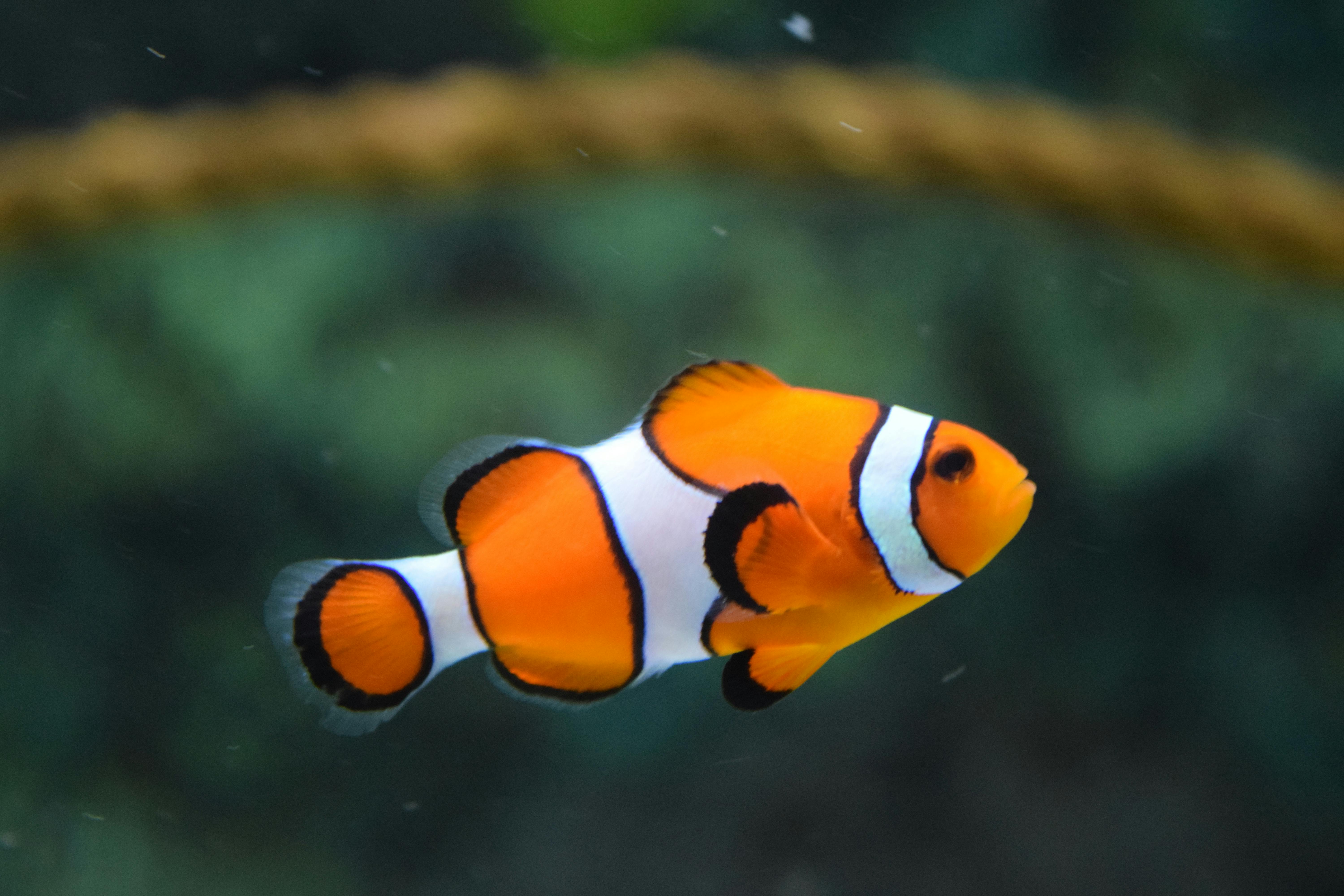
Fish may seem like a logical alternative protein source for snakes, but for most terrestrial pet snake species, fish are highly inappropriate food items. Species not naturally adapted to eat fish, such as ball pythons, corn snakes, and most boas, lack the digestive enzymes needed to properly break down fish oils and proteins. This can result in serious digestive disturbances, diarrhea, and nutritional imbalances. Additionally, many commercial fish contain thiaminase, an enzyme that breaks down vitamin B1 (thiamine), potentially causing dangerous vitamin deficiencies in snakes. Even among water snakes that naturally eat fish, feeding goldfish is particularly problematic due to their high thiaminase content and potential to carry parasites. If you own one of the few snake species that naturally consume fish, like certain water snakes, only offer appropriate species obtained from reliable sources and properly prepared.
Eggs for Non-Egg-Eating Snakes
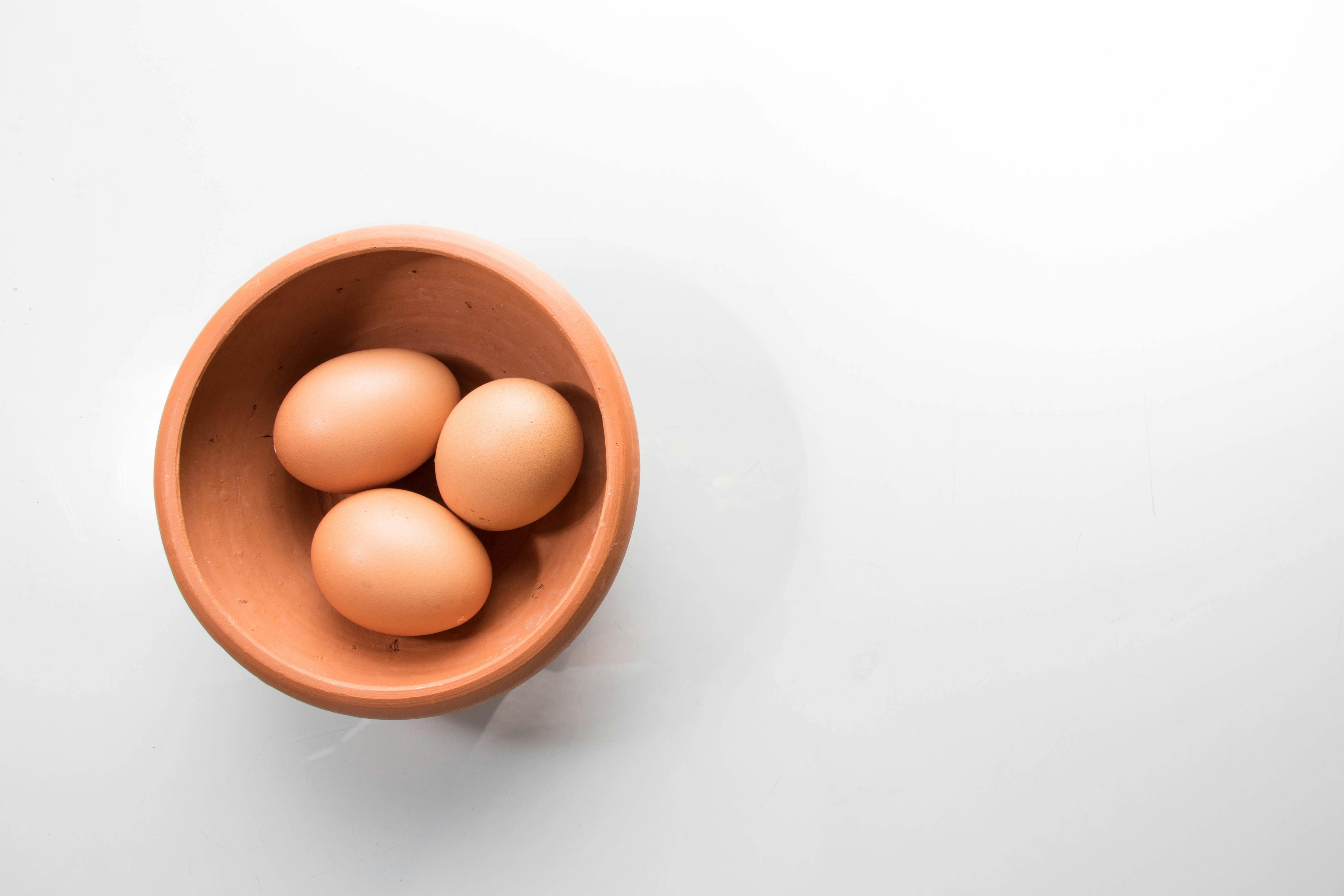
Eggs might seem like a convenient and nutritious food source, but they’re unsuitable for most pet snake species. While specialized ophiophagous (egg-eating) snakes like the African egg-eating snake have evolved specific adaptations to consume and digest eggs, common pet snakes lack these specializations. Force-feeding eggs to non-egg-eating species can cause severe digestive problems, as these snakes don’t have the specialized vertebral processes that egg-eating snakes use to crack eggs internally. Additionally, eggs alone lack many essential nutrients that snakes need for proper growth and health, particularly the calcium found in bones of whole prey items. Some snake species might consume eggs opportunistically in the wild, but this doesn’t mean eggs should become a regular part of their captive diet, where optimal nutrition is the goal.
Live Prey Feeding Risks
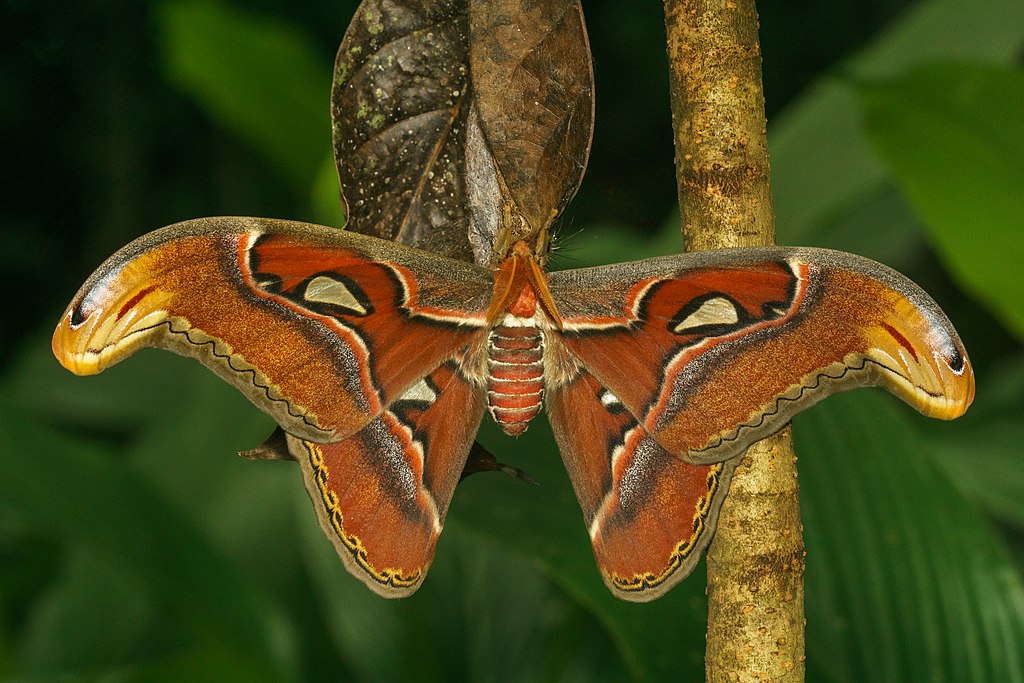
While not a specific food type, the practice of feeding live prey deserves special attention for its risks. Live rodents can seriously injure your snake by biting and scratching, sometimes causing infections, eye damage, or severe wounds. These injuries often occur when snakes are not hungry, during molting periods, or if they’re stressed by environmental factors. Even seemingly docile pet store rodents become surprisingly aggressive when cornered by a predator. The stress on both prey and predator during live feeding scenarios is also an ethical concern many reptile veterinarians raise. Pre-killed or frozen-thawed prey offers the same nutritional value without these risks. If transitioning a snake from live to pre-killed prey, you can use specialized feeding techniques such as braining (exposing brain matter) or warming the prey to appropriate temperatures to enhance scent and encourage acceptance.
Meat From the Grocery Store

Hamburger, chicken, pork, or any other processed meats from the grocery store are entirely inappropriate for snake nutrition. Unlike mammals, snakes have evolved to consume whole prey items that provide the complete nutrient profile they need, including bones for calcium, organs for vitamins, and fur/feathers for roughage. Ground meats and processed cuts lack these essential components, leading to severe nutritional deficiencies if fed regularly. Store-bought meats also frequently contain preservatives, seasonings, and additives that can be toxic to reptiles. Additionally, these foods lack the proper calcium-to-phosphorus ratio critical for reptile health, potentially leading to metabolic bone disease. The texture of processed meats also doesn’t provide the digestive stimulation that whole prey does, potentially contributing to digestive stasis in some snakes.
Milk and Dairy Products

Despite the common myth that snakes are attracted to or drink milk, dairy products have absolutely no place in a snake’s diet. Snakes are reptiles and lack the digestive enzymes required to break down lactose or process dairy products properly. Feeding milk or dairy to a snake will cause severe digestive upset, diarrhea, and potential dehydration. This misconception likely originated from the ancient observation that snakes would enter homes where milk was stored, though they were attracted to the rodents that were drawn to the milk, not the milk itself. Additionally, dairy products offer none of the nutritional components snakes require and could displace proper nutrition if offered. If your snake appears to be seeking liquid, ensure it has constant access to fresh, clean water instead.
Fruits and Vegetables
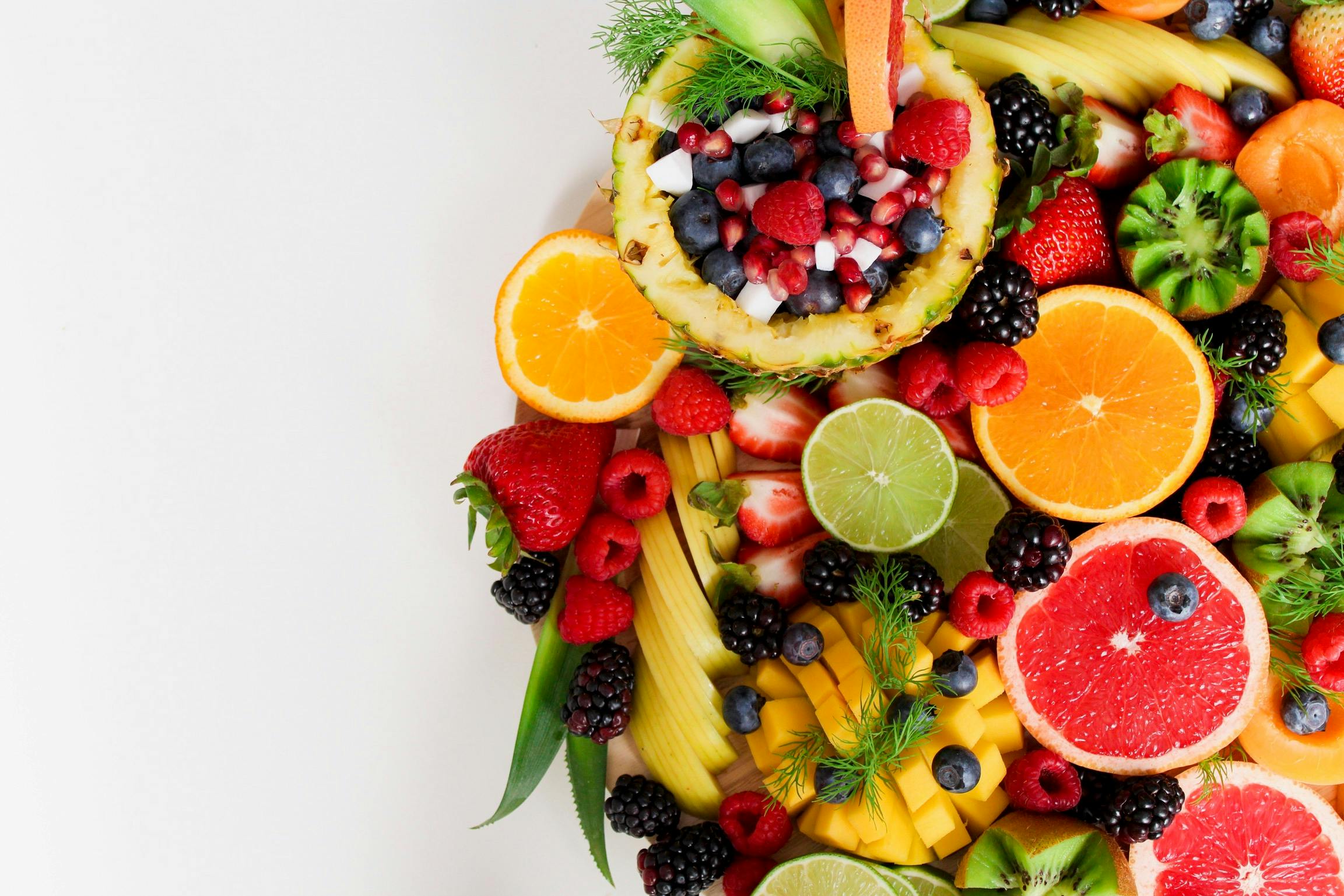
Unlike some reptiles, such as bearded dragons or iguanas, snakes are strictly carnivorous and completely lack the digestive capabilities to process plant matter. Their entire digestive system, from teeth to intestines, is specialized for meat consumption and lacks the bacteria, enzymes, and cecum needed to break down plant cell walls. Offering fruits or vegetables to snakes is not only nutritionally worthless but can cause impaction if consumed, as the snake simply cannot digest this material. Some snake owners mistakenly believe that wild snakes occasionally consume plant matter, but when this occurs in nature, it’s almost always incidental to consuming prey that had plant material in their digestive tracts. Even omnivorous reptiles like some turtles have completely different digestive adaptations than snakes, making cross-species diet comparisons inappropriate.
Dog or Cat Food
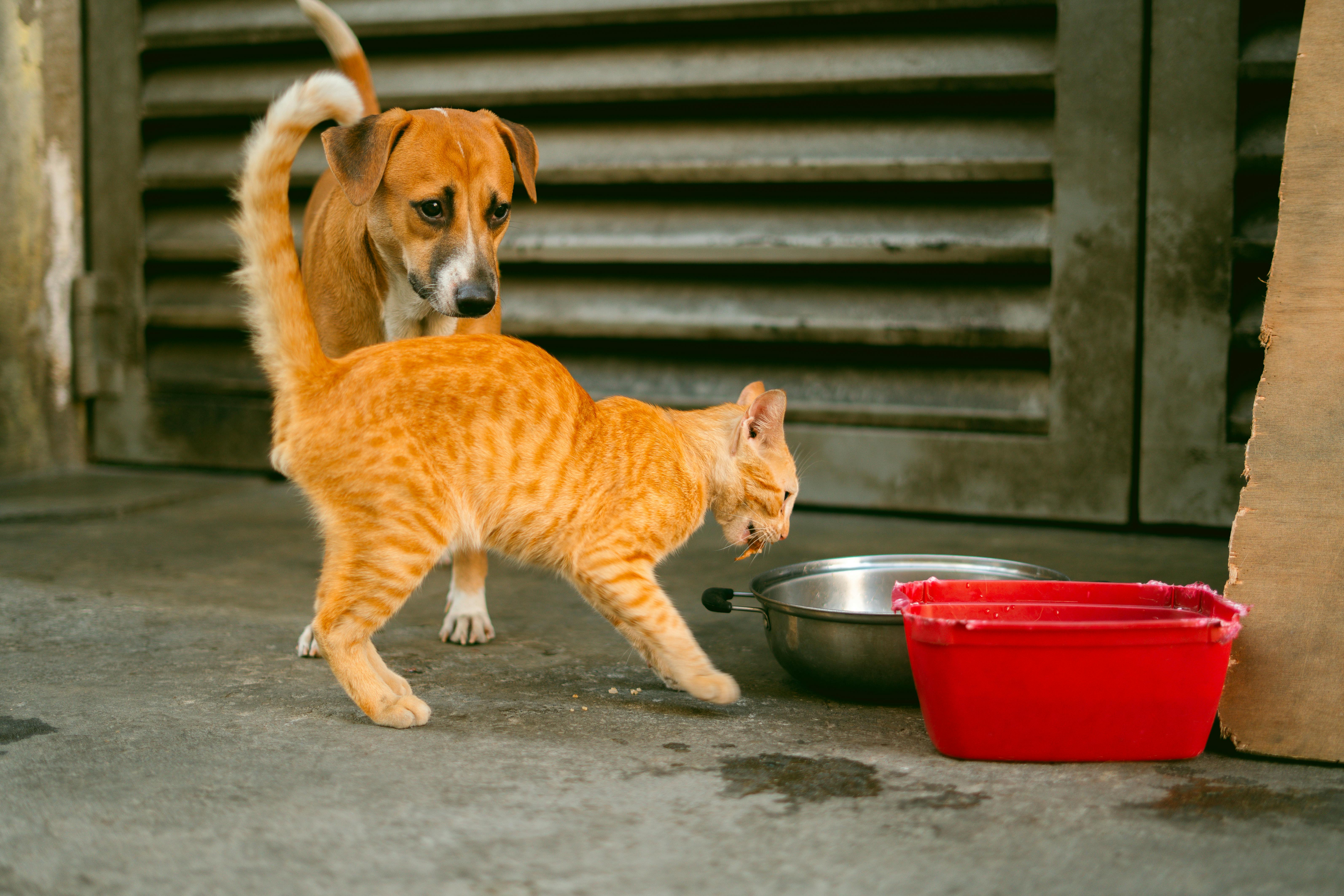
Commercial pet foods formulated for dogs and cats are completely inappropriate for snakes and should never be offered. These foods contain ingredients processed and balanced specifically for the nutritional needs of mammalian carnivores, not reptiles. The protein sources, vitamins, and minerals in commercial pet food are present in proportions that don’t match a snake’s requirements, potentially leading to serious nutritional imbalances. Many commercial pet foods also contain grains, vegetables, and other plant materials that snakes cannot digest. Additionally, the artificial preservatives, colors, and flavor enhancers common in pet foods may be toxic to reptiles. Offering mushy commercial pet foods also fails to provide the feeding stimulus that most snakes require to initiate their feeding response, which is typically triggered by recognizing the shape, smell, and sometimes movement of appropriate whole prey items.
Expired or Improperly Stored Feeder Rodents
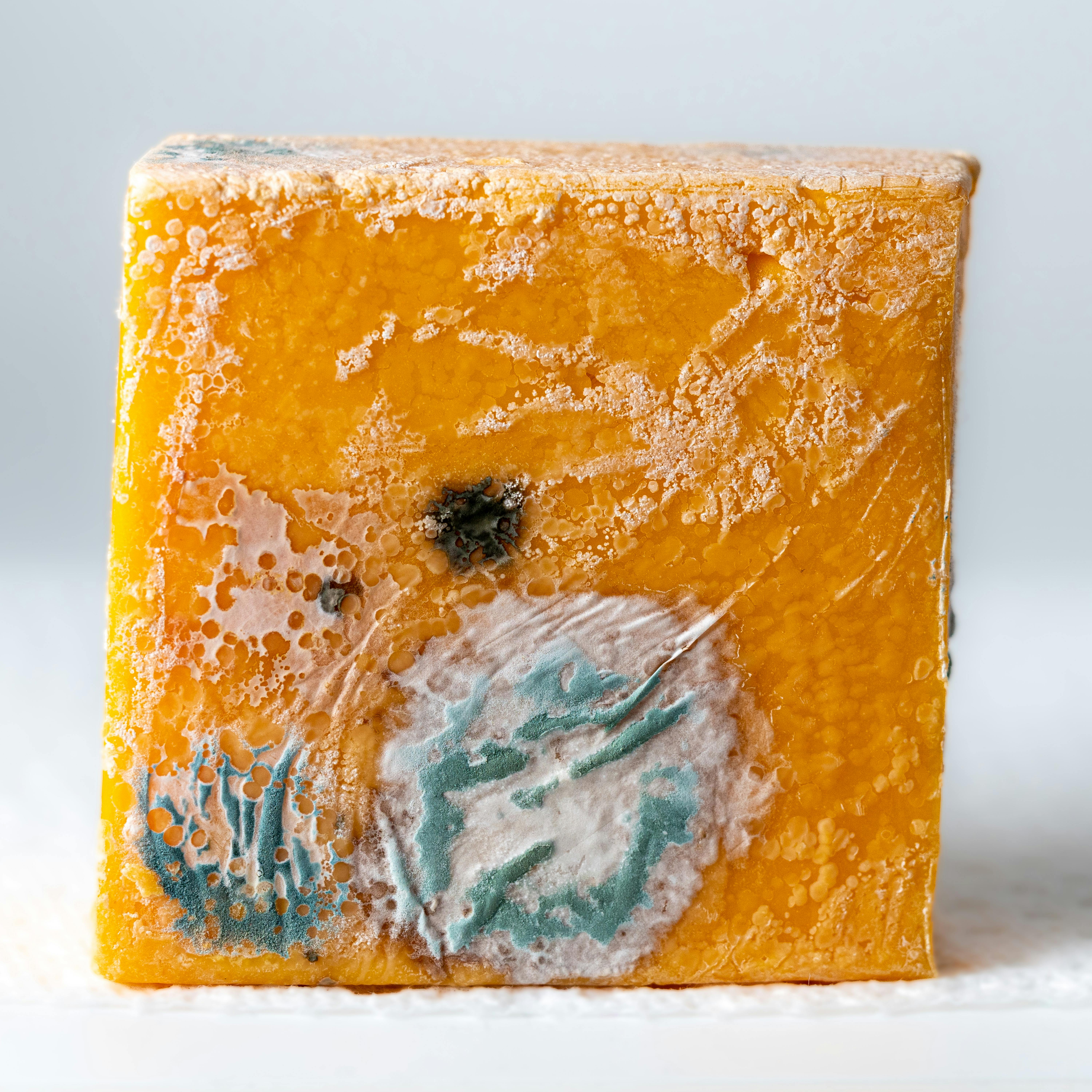
Even when offering appropriate prey items like rodents, improper storage or using expired feeders can pose serious health risks to your snake. Frozen feeder mice or rats that have been thawed and refrozen multiple times develop dangerous bacterial growth that can cause severe infections in your snake. Prey items stored for too long, even when frozen, can develop rancidity in their fat tissues, leading to potentially harmful compounds. Improperly thawed rodents (such as those microwaved or heated in hot water) can develop hot spots that can burn your snake’s sensitive digestive tract while the interior remains frozen. Additionally, prey items left at room temperature for extended periods before feeding attract bacteria that can cause food poisoning in reptiles. Always purchase feeders from reputable sources, maintain proper freezer storage at 0°F (-18°C) or below, and follow appropriate thawing protocols using refrigeration followed by warm water warming just before feeding.
Human Foods and Table Scraps
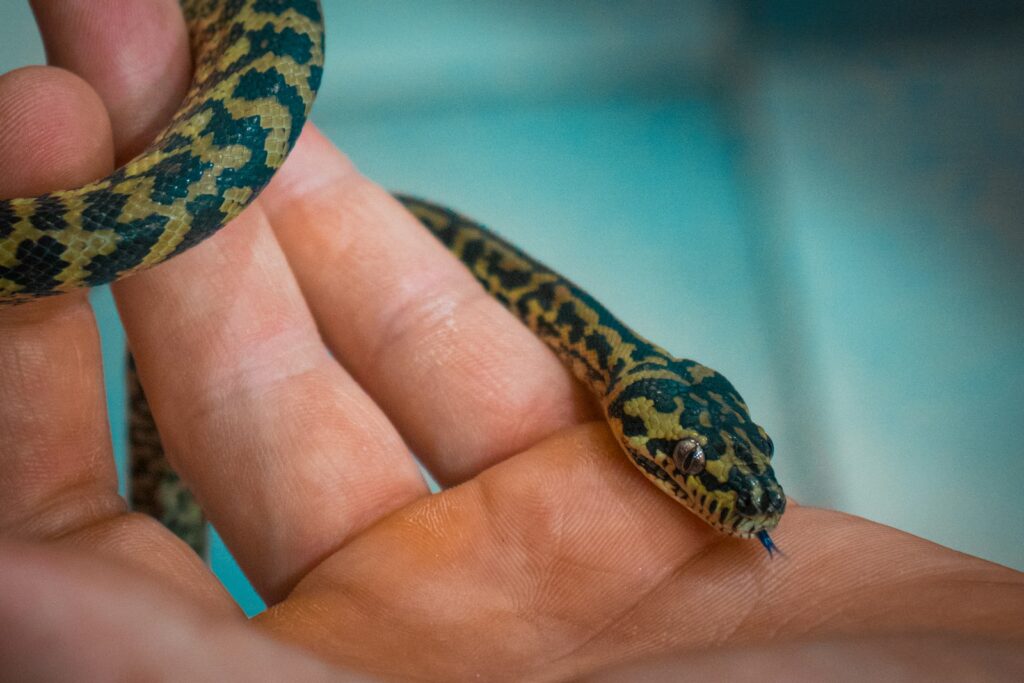
It might be tempting to share human food with your pet snake, especially if you anthropomorphize your reptile companion, but doing so can be extremely dangerous. Human foods often contain salt, spices, oils, and other additives that snakes simply cannot process and which may prove toxic to their systems. Even plain cooked meats lack the nutritional completeness that whole prey items provide. Snakes have evolved highly specialized digestive systems designed specifically to process whole prey, including bones, organs, and other tissues that provide a precise balance of nutrients. Offering table scraps can lead to obesity, vitamin deficiencies, digestive upset, and organ damage over time. Additionally, feeding human foods can create confusion in your snake’s feeding response and potentially lead to feeding strikes or unhealthy associations with handling versus feeding time.
Proper Snake Nutrition: What to Feed Instead
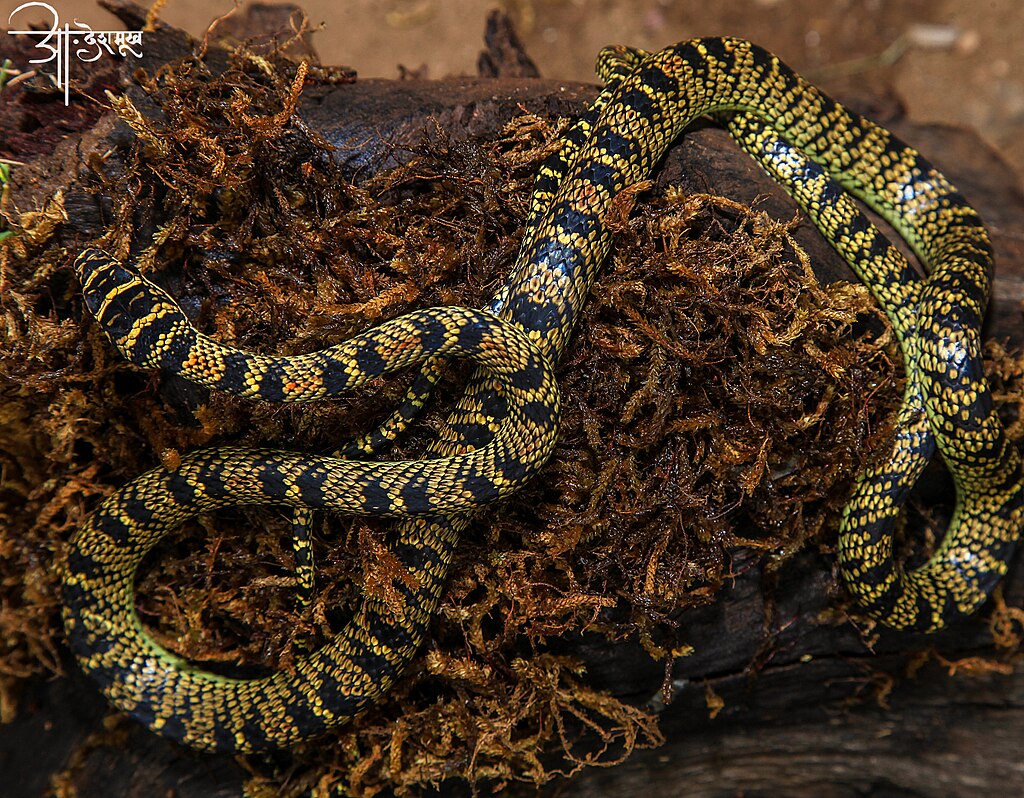
The best diet for most pet snakes consists of appropriately sized whole prey items specific to your snake’s species, age, and size. For the most popular pet species like ball pythons, corn snakes, and kingsnakes, this means mice or rats purchased from reputable sources, either frozen-thawed or pre-killed. Smaller species may require pinky mice, while larger constrictors may graduate to rats, rabbits, or even small chickens as they grow. Speciality species have specific requirements – garter snakes may accept fish like tilapia (never goldfish), appropriate amphibians, or scented rodent prey. Always research your specific species’ dietary requirements and natural feeding behaviors. For most pet snakes, feeding should occur every 5-14 days, depending on age, species, and size, with younger snakes eating more frequently than adults. Proper nutrition also includes regular access to fresh water, appropriate environmental temperatures to aid digestion, and monitoring your snake’s weight and body condition to adjust feeding as needed.
Proper nutrition is a cornerstone of responsible snake ownership. By avoiding these five dangerous food items and sticking to species-appropriate diets, you’ll help ensure your pet snake remains healthy and thrives in captivity. Remember that snakes have evolved highly specialized digestive systems designed for specific prey items, and substitutions can lead to serious health consequences. When in doubt about your snake’s nutritional needs, consult with an experienced reptile veterinarian who can provide guidance specific to your pet’s species, age, and health status. With proper care and feeding, many snake species can live 15-30 years or more in captivity, making your attention to their dietary needs an investment in a long and rewarding relationship with your reptilian companion.

